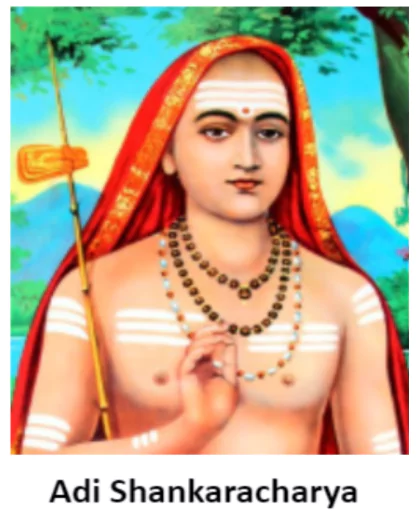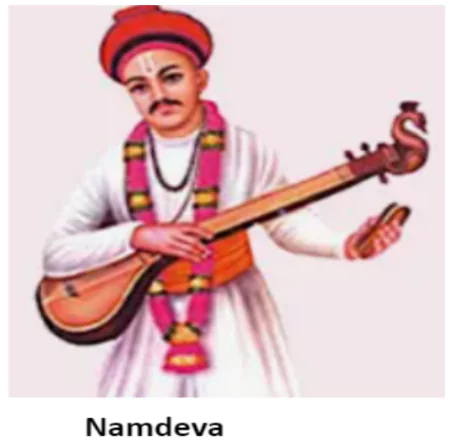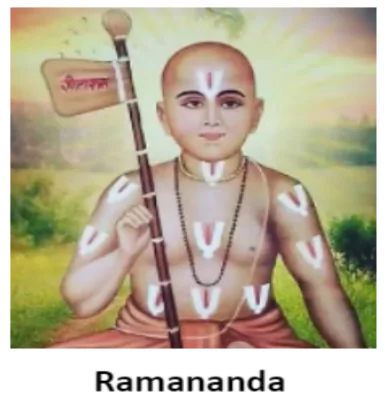![]() May 15, 2024
May 15, 2024
![]() 7982
7982
![]() 0
0
The Bhakti Movement in India witnessed the rise of several luminaries who revolutionized religious discourse and societal norms. From the philosophical depth of Adi Shankaracharya’s Advaita Vedanta to the egalitarian vision of Kabir’s syncretic poetry, each figure left an indelible mark on the spiritual landscape.



Varkari sect
|

 Radical Reformer: A devoted worshipper of Rama, educated in Benaras. By establishing his own sect based on the philosophy of love and devotion to Rama and Sita, Ramananda introduced radical changes in Vaishnavism.
Radical Reformer: A devoted worshipper of Rama, educated in Benaras. By establishing his own sect based on the philosophy of love and devotion to Rama and Sita, Ramananda introduced radical changes in Vaishnavism.
| Must Read | |
| Current Affairs | Editorial Analysis |
| Upsc Notes | Upsc Blogs |
| NCERT Notes | Free Main Answer Writing |
The Bhakti movement, marked by its inclusive ethos and devotion to the divine, brought forth a tapestry of spiritual luminaries who transcended societal divisions. From Adi Shankaracharya’s philosophical underpinnings to Kabir’s iconoclasm, each figure enriched the spiritual landscape with their unique contributions. Their enduring legacy, manifested in songs and verses, resonates across generations, offering solace and inspiration in the pursuit of divine love and unity.
| Related Articles | |
| BHAKTI MOVEMENT: IMPORTANCE, NAYANARS | Veerashaiva Mahasabha |
| Economic Development: Challenges and Goals Explored | Sangam Age – Political History Of South India |
<div class="new-fform">
</div>

Latest Comments